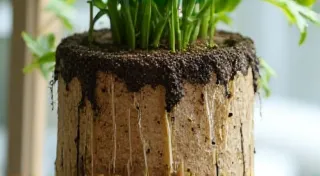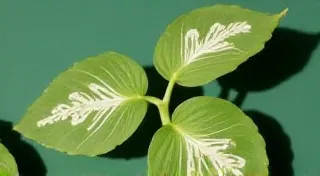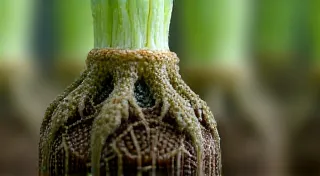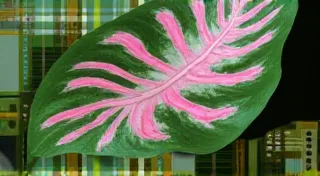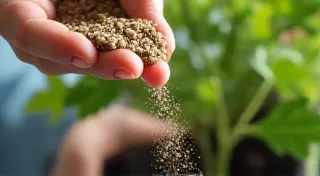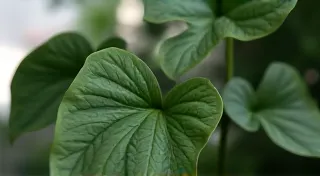Rhaphidophora Tetrasperma 'Jade': The Rising Star
The houseplant world is constantly evolving, with new cultivars and unique species captivating plant lovers. Among these rising stars, the Rhaphidophora tetrasperma ‘Jade’ is quickly gaining popularity. Often mistaken for a Monstera, its distinct jade-green coloration and fenestrated leaves (leaves with holes) make it a striking addition to any collection. This guide dives into the specifics of caring for this increasingly sought-after rare houseplant.
Understanding the Rhaphidophora Tetrasperma 'Jade'
The Rhaphidophora tetrasperma, sometimes called the 'Mini Monstera', is native to tropical forests of Southeast Asia. The 'Jade' cultivar boasts a more intense, richer green hue than the standard variety. Its climbing nature means it appreciates support, such as a moss pole or trellis, to encourage strong growth and larger leaves. As it matures, it can develop impressive aerial roots which add to its jungle-like aesthetic. Many rare plants showcase captivating variegation patterns; understanding variegation secrets can enhance your appreciation and potentially even influence the color expression in your plants. The challenge of identifying and understanding variegation extends to many species, and seeing similar patterns on plants like the Begonia Maculata 'Red Moon' can offer fascinating comparisons.
Light Requirements
Rhaphidophora tetrasperma 'Jade' thrives in bright, indirect light. While it can tolerate lower light conditions, the fenestrations (holes) in the leaves will be less pronounced, and growth will be slower. An east-facing window is often ideal, providing gentle morning light. If you only have a south or west-facing window, be sure to diffuse the light with sheer curtains to prevent scorching. Avoid direct afternoon sun. Aim for 6-8 hours of bright indirect light daily.
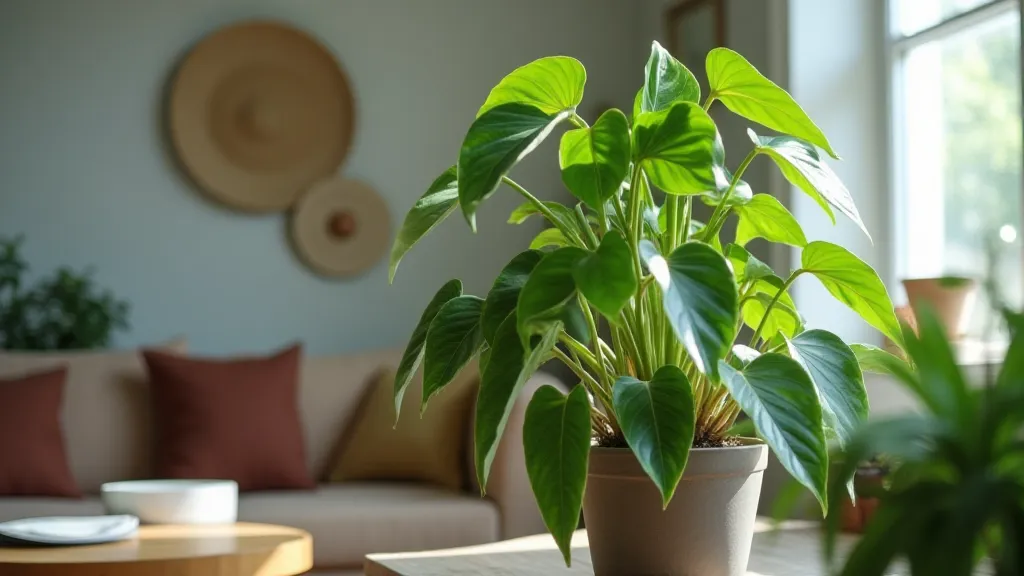
Watering and Humidity
Water thoroughly when the top inch or two of soil feels dry to the touch. Overwatering is a common problem, so ensure your pot has drainage holes and the soil is well-draining. During the growing season (spring and summer), you may need to water more frequently. Reduce watering during the dormant season (fall and winter). Aim for consistently moist, but not soggy, soil. Maintaining the right humidity level is crucial for many tropical houseplants, and understanding the impact of humidity can make a big difference. Like many popular varieties, the Black Velvet Alocasia also benefits significantly from high humidity; you can find a comprehensive care guide here. Consistent moisture levels are key, and issues with watering often manifest as visible problems with leaf health – often a sign that further investigation is needed.
Rhaphidophora tetrasperma ‘Jade’ appreciates high humidity, mimicking its native tropical environment. Ideal humidity levels are 60% or higher. You can increase humidity by misting the plant regularly, using a humidifier, or placing it near a tray of water filled with pebbles. Wiping the leaves with a damp cloth can also help increase humidity around the plant.
Soil and Potting
A well-draining potting mix is essential for healthy growth. A mix of peat moss, perlite, and orchid bark is a good starting point. Repotting is typically needed every 1-2 years, or when the plant becomes root-bound. Choose a pot that is only slightly larger than the previous one, as a pot that is too large can lead to root rot. The right soil mix is not only important for drainage, but also contributes to the overall health and vibrancy of the plant, allowing roots to breathe and absorb nutrients effectively. Some plants, like the Begonia Maculata 'Red Moon', share similar soil preferences and demonstrate the importance of airy, well-draining mixes to promote vigorous growth and prevent root issues.
Fertilizing
Feed your Rhaphidophora tetrasperma 'Jade' with a balanced liquid fertilizer diluted to half strength during the growing season (spring and summer). Fertilize every 2-4 weeks. Do not fertilize during the dormant season. Proper fertilization is key to vibrant growth and lush foliage, ensuring your plant has the essential nutrients it needs. Over-fertilizing, however, can lead to salt buildup in the soil, so careful attention is necessary.
Common Challenges & Troubleshooting
One of the most common challenges with this plant is yellowing leaves. This can be caused by a number of factors, including overwatering, underwatering, low humidity, or insufficient light. Inspect your plant carefully to determine the underlying cause. Leaf drop can also occur due to drastic changes in environment, such as a sudden change in temperature or light. If you are dealing with pest issues, like mealybugs, it’s important to act quickly to prevent them from spreading to other plants in your collection. Spider mites can occasionally be a problem. Regularly inspect the undersides of leaves and treat with insecticidal soap if necessary. Root rot can occur if the plant is consistently overwatered. If you suspect root rot, repot the plant into fresh, well-draining soil and trim away any rotted roots. Dealing with plant pests can be frustrating, and understanding their life cycles and preferred habitats is crucial for effective management.
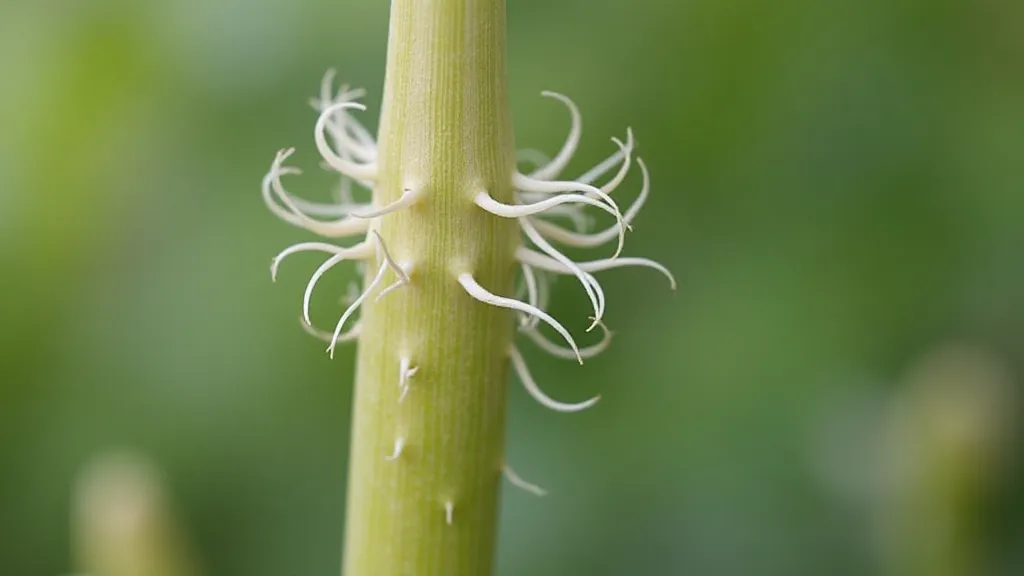
Propagation
Rhaphidophora tetrasperma 'Jade' can be propagated through stem cuttings. Take cuttings that include a node (the point where a leaf emerges) and place them in water until roots develop. Once roots are a few inches long, pot the cutting in well-draining potting mix. Propagating plants can be a very rewarding experience, allowing you to expand your collection and share your love of plants with others. Successful propagation depends on several factors, including the right environment, appropriate rooting hormones, and consistent care. Experimentation is often key, and observing the success rates of cuttings from different parts of the plant can be illuminating. Consistent humidity and warm temperatures are usually beneficial for root development.
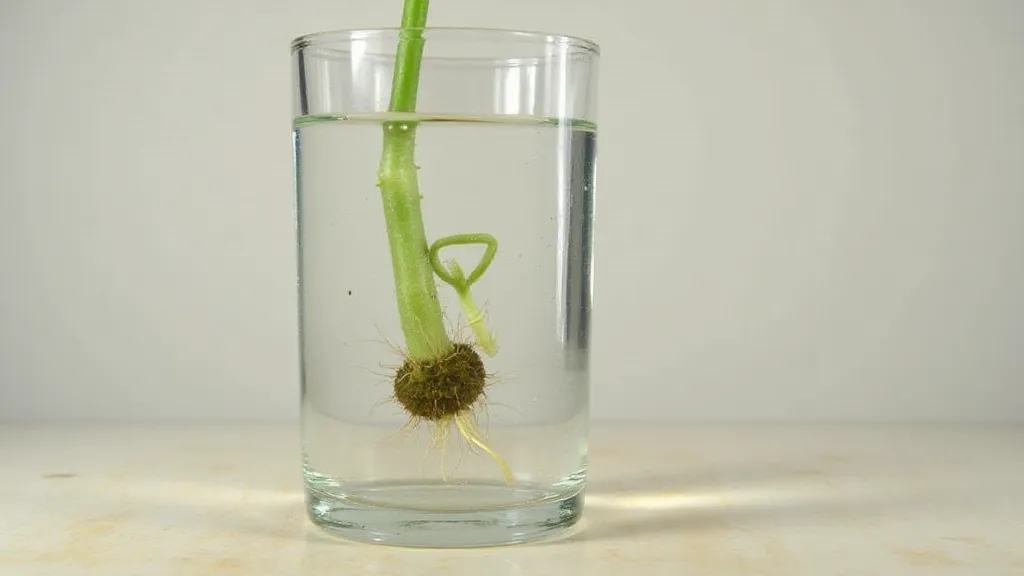
With proper care and attention, your Rhaphidophora tetrasperma ‘Jade’ will become a beautiful and rewarding addition to your houseplant collection. Enjoy watching it thrive! Maintaining a healthy ecosystem for your plants involves more than just watering and fertilizing; it’s about understanding their specific needs, addressing potential problems early, and appreciating the beauty and wonder of the natural world. Dealing with unwanted guests is a common part of plant care; if you ever encounter issues like mealybugs, you can find effective identification and treatment strategies here. It’s a constant learning process, and understanding the broader context of plant care – from light and water to soil and humidity – is vital for success.
Expanding Your Houseplant Collection
The allure of rare houseplants extends beyond their aesthetic appeal; it's about the journey of nurturing and understanding these unique specimens. Exploring different varieties and learning about their origins and care requirements can be incredibly fulfilling. Each plant brings its own challenges and rewards, contributing to a richer and more dynamic indoor garden. Building a thriving indoor garden is a continuous learning process; staying informed about the latest techniques and best practices can help you cultivate a collection of healthy and beautiful plants. Furthermore, sharing your experiences and knowledge with fellow plant enthusiasts can create a sense of community and shared passion. It’s about more than just aesthetics; it’s about building a relationship with the natural world and appreciating the intricacies of plant life. Consider the challenges and rewards involved in caring for plants with similar needs, such as the Black Velvet Alocasia, to broaden your understanding of tropical plant care.
Troubleshooting Common Issues in Detail
Beyond the typical yellowing and leaf drop, several nuanced issues can affect your Rhaphidophora tetrasperma 'Jade'. Consider these when diagnosing your plant’s condition:
- Stunted Growth: This could stem from insufficient light, nutrient deficiencies, or root-bound conditions. Ensure adequate lighting, fertilize appropriately, and repot if necessary.
- Leaf Scorch: Often caused by inconsistent watering or low humidity. Maintaining a consistent watering schedule and increasing humidity are vital.
- Drooping Leaves: Can indicate overwatering, underwatering, or even root rot. Inspect the soil and roots to determine the underlying cause.
- Pest Infestations: Regularly inspect leaves and stems for signs of pests. Early detection and treatment are crucial.
- Root Rot: Caused by prolonged overwatering and poor drainage. Repotting into fresh, well-draining soil is necessary.
Remember that preventative care is always better than reactive treatment. Providing your Rhaphidophora tetrasperma 'Jade' with the right conditions will significantly reduce the likelihood of encountering these issues.
